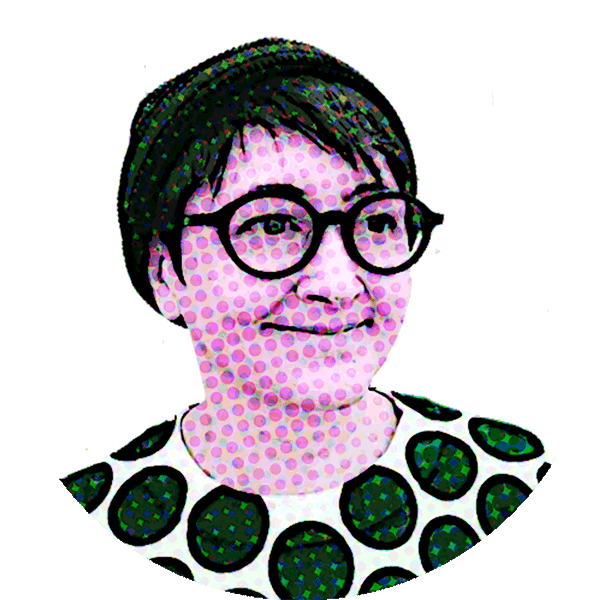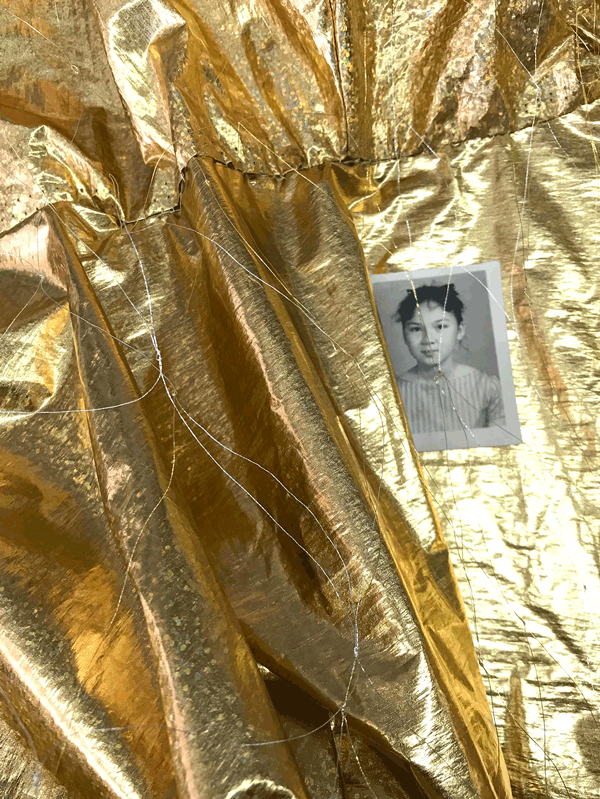


Kay Mei Ling BEADMAN is an artist, researcher and co-founder of Hidden Space, an independent artist-run space in Hong Kong. She uses her own Chinese and English mixed race as an autoethnographic springboard to explore aspects of complex dual identity formation, drawing on embodied aspects of lived experience amid socio-politically and culturally constructed assumptions. Her practice is multidisciplinary and includes installation, video, painting, text and performance. Kay was born in England, zigzagged between HK and UK growing up, but has lived and worked permanently in Hong Kong since 1999. She has a BFA from Reading University, UK, an MFA from RMIT, Australia and is currently a PhD candidate at the School of Creative Media, City University of Hong Kong. She has exhibited in Australia, China, Hong Kong, Serbia, Singapore, South Korea, Sri Lanka and the UK.

Invisibility Cloaks is a participatory installation that combines wearables, a backdrop and instructions.
The project emerges out of research into mixed-race identity formation in Hong Kong, in which a number of deeply embedded social constructs intersect within embodied experience. To identify as mixed white and Chinese in Hong Kong is to challenge the existing dichotomy of Chinese or foreigner and the false binaries of hierarchical and historically constructed racisms. The lived experience of mixed-race identity formation is a lens through which to notice and question invisible power structures and the entangled relational webs through which we all navigate.
The use of gold and silver, as both colour and arbitrary value, arises out of the early 20th century treatise Datong Shu 大同書 by Kang You Wei 康有為. In it, he posits a problematic eugenic super race of Chinese and white mixedness, using the metaphor of metallic gold and silver smelting. In a response to this, I wrote a short speculative fiction, Proximity Veils, set in a far future (a millennium hence timeline that Kang himself set) in which digital facial feature obscuration can be turned on at the flick of an implant switch. In this installation, the oversized hooded cloaks are a tangible, participatory way to engage with this concept in a physical rather than virtual or text realm. The cloaks are absurd, garish and highly visible, yet simultaneously the shapelessness of the draping hides multiple signifiers, from presumptive race, to age and gender. When all such markers are removed, or unable to be used for discriminatory means, who might we become?